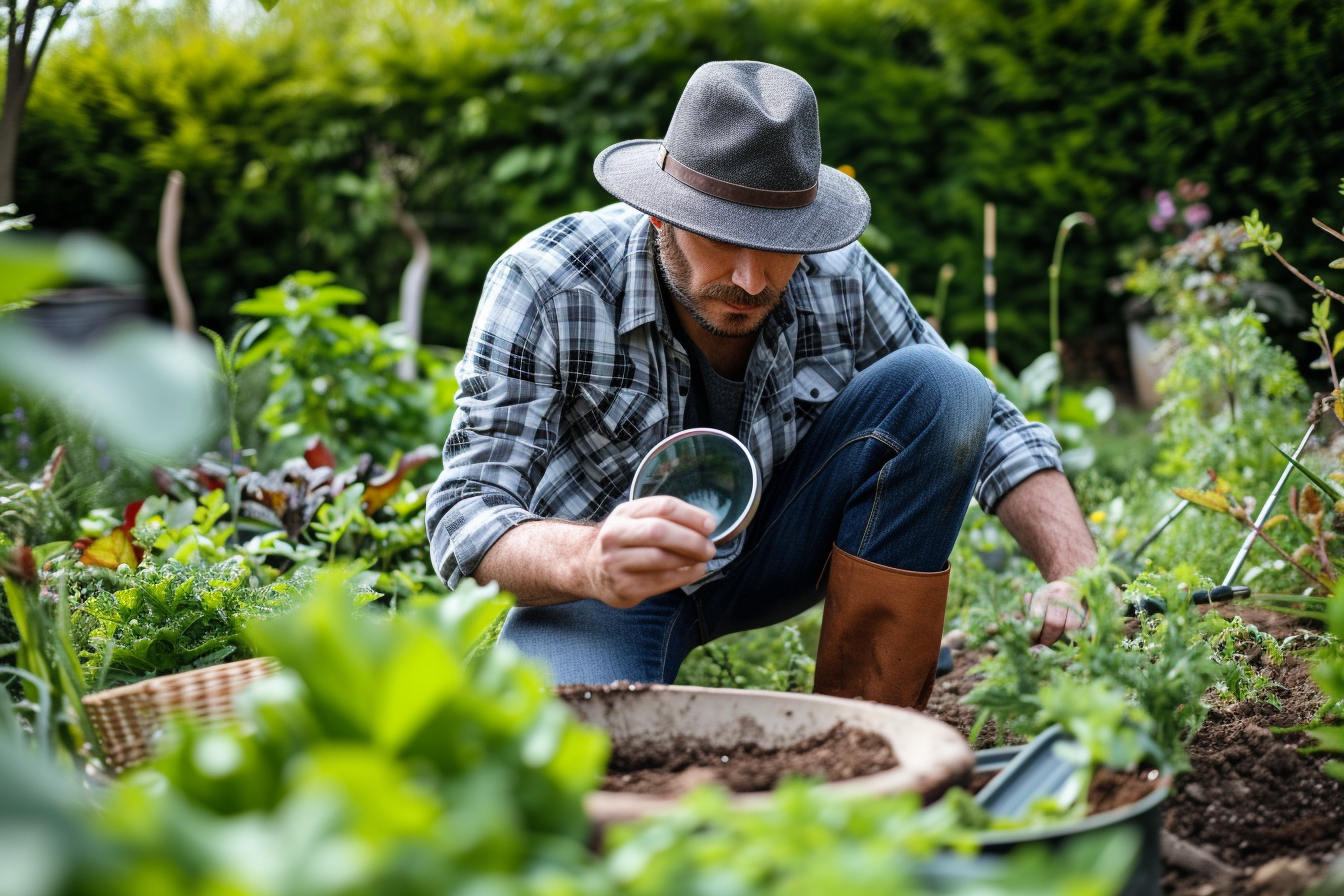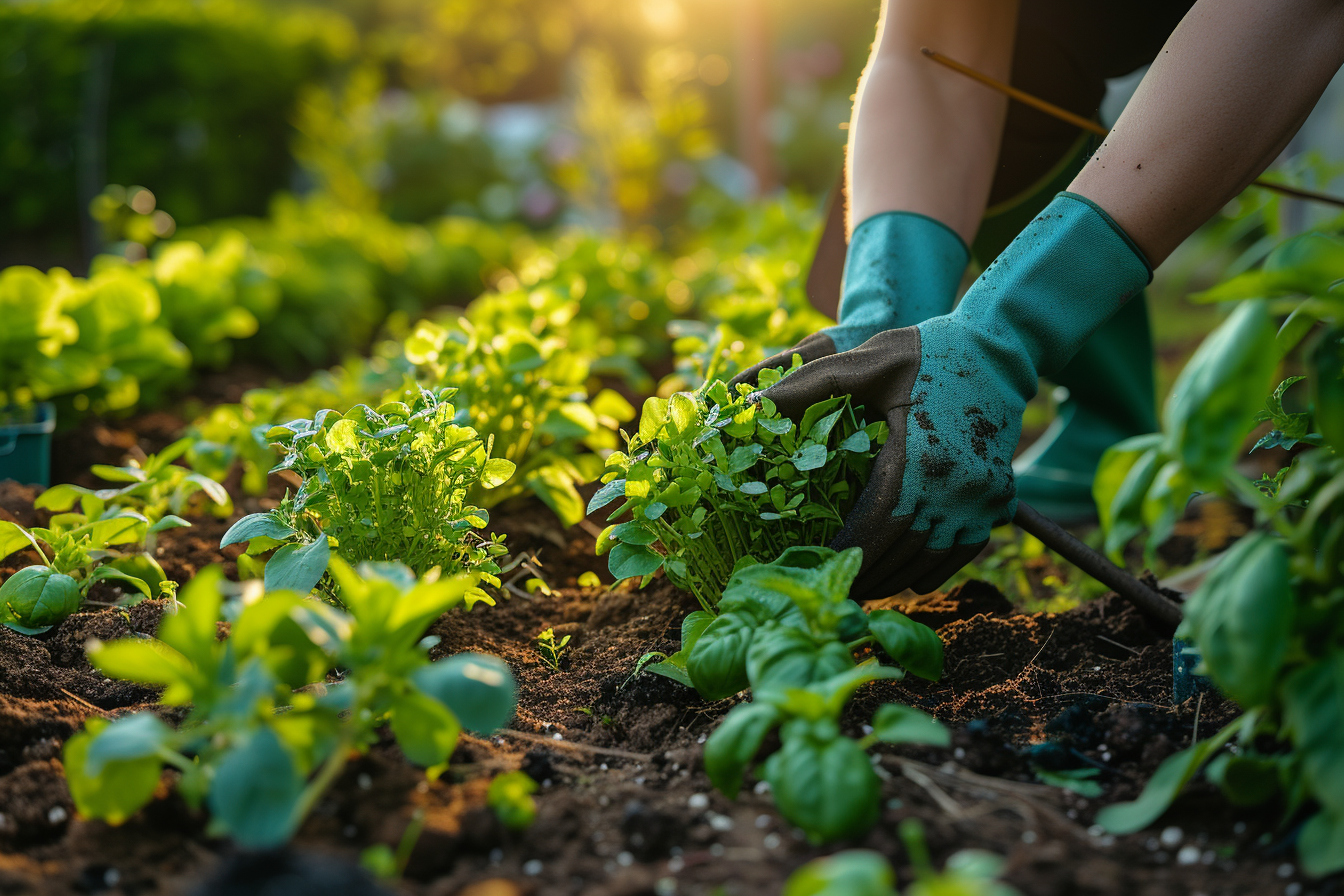Hedges are a vital component of many gardens, not only serving as natural fences and privacy screens but also adding beauty and structure to the landscape. To establish a lush and healthy hedge, careful planning and execution are paramount. This article offers comprehensive advice for gardeners looking to ensure the success of their hedge planting endeavors.
Understand your garden’s environment

Before choosing your hedging plants, it’s essential to take stock of your garden’s environment. Soil type, sunlight exposure, wind patterns, and hardiness zone are all critical factors to consider. Various hedge plants thrive under different conditions, so selecting species that are well-matched to your garden’s circumstances is a key strategy for success.
Soil type
Always start with a soil test to determine the soil’s pH level and nutrient content. The composition of your soil—whether it’s clay, loam, or sandy—will significantly influence the plants that will thrive in it.
Sunlight and wind
Plants have varying requirements for sunlight and shelter. When planning your hedge, observe how the sun traverses your yard throughout the day and take note of which areas receive full sun, partial shade, or full shade. Additionally, consider the prevailing winds as some plants are more tolerant of exposure than others.
Hardiness zone
Your geographical location can greatly affect plant survival. Know your hardiness zone, which indicates the range of climatic conditions relevant to plant growth and survival.
Selecting the right hedge plants
When selecting plants, diversity in the garden is not just an aesthetic preference but an ecological boon. Choosing multiple species can prevent the spread of pest infestations and diseases, which could devastate a monoculture hedge.
Evergreen vs. deciduous
Evergreens provide year-round privacy, while deciduous plants offer seasonal variation and can be a habitat for wildlife. Some plant varieties such as holly or privet can offer both privacy and attractive berries or flowers.
Growth rate and maintenance
Consider the growth rate of potential hedge plants and the maintenance they will require. Faster-growing species may quickly deliver the desired screen, but may also necessitate more frequent pruning. Slower growers, on the other hand, may be low-maintenance but require patience while waiting for them to reach full size.
Preparing to plant
Once you’ve selected your hedge plants, the next step is proper site preparation. This stage cannot be overstressed and will significantly impact the success of your hedge.
Soil improvement
Adding organic matter like compost or well-rotted manure can greatly improve soil structure and fertility. This amendment aids in root development and provides plants with a robust start.
spacing
Determine appropriate spacing between your plants. Overcrowding can result in poor air circulation and reduced growth, while spacing plants too far apart can lead to gaps in your hedge. Recommendations for spacing typically depend on the mature width of the hedge plant.
Planting techniques
Careful planting will set the stage for a healthy hedge. Below are the techniques that will facilitate optimal growth:
Planting depth
Dig a trench or individual holes for your hedge plants, ensuring that you plant them at the same depth they were grown at in the nursery. Planting too deeply can cause stem rot, while planting too shallow may prevent establishment.
watering
After planting, a thorough watering helps settle the soil around the roots. Mulching with organic materials can conserve moisture, suppress weeds, and regulate soil temperature.
staking
In some cases, staking may be necessary to stabilize plants, especially in areas with strong winds. Be careful not to damage the root system and check regularly to ensure stakes and ties do not impair plant growth.
Post-Planting care
Post-planting care is the ongoing commitment that ensures the health and beauty of your hedge.
pruning
Early pruning and training of your hedge encourage the growth of a dense, uniform screen. Initially, focus on triming the sides of the hedge to encourage branching out, leading to fuller growth.
fertilization
When the plants start to grow, a balanced fertilizer can promote healthy foliage and robust growth. Always follow the manufacturer’s instructions for application rates and timings.
Pest and disease control
Regular monitoring for pests and diseases can catch infestations before they become severe. Appropriate treatment, whether it’s a cultural practice, biological control, or chemical treatment, should be applied judiciously.
irrigation
Proper irrigation especially during dry spells, is key. Overwatering can lead to root rot, while underwatering can stress plants. A drip irrigation system can provide consistent moisture and reduce water wastage.
Investing time and effort in the planning and caring phases of hedge planting reaps immense rewards. A thriving, well-maintained hedge not only enhances the aesthetics of a garden but also contributes to the local ecosystem by providing habitat and resources for wildlife. By following the strategies outlined above, gardeners are equipped to cultivate successful hedges that will stand as vibrant testaments to their dedication to the craft of gardening.
Establishing a hedge is more than planting a row of shrubs; it’s an act of curating living architecture within the garden. Each step—understanding your environment, selecting suitable plants, meticulously preparing the plantation site, employing adept planting techniques, and maintaining the hedge—interacts synergistically to manifest a successful and stunning garden feature. Embrace these tips as you embark on creating a hedge that is not only a boundary but a statement of natural beauty and a sanctuary for the life it supports.


Leave a Reply